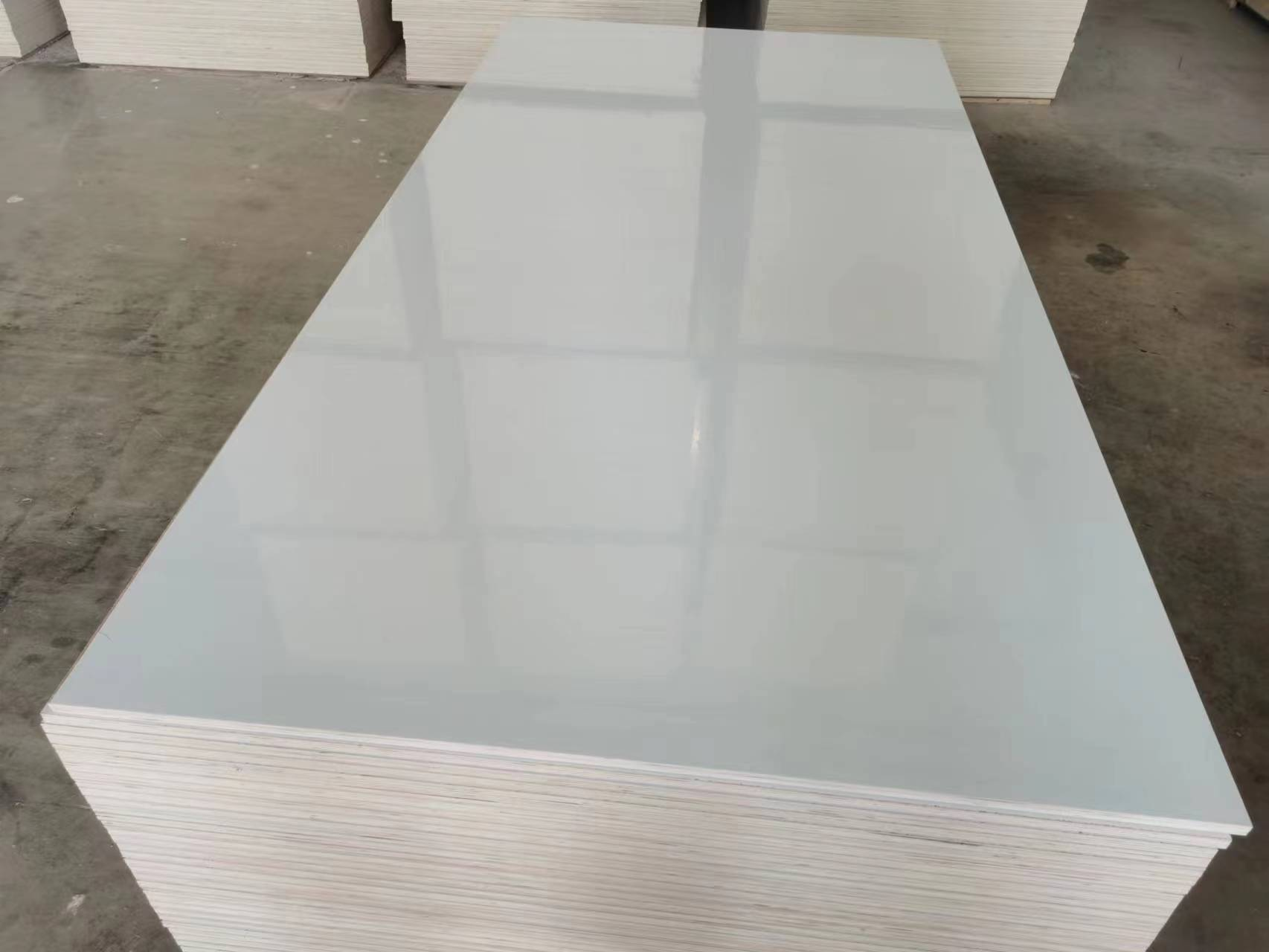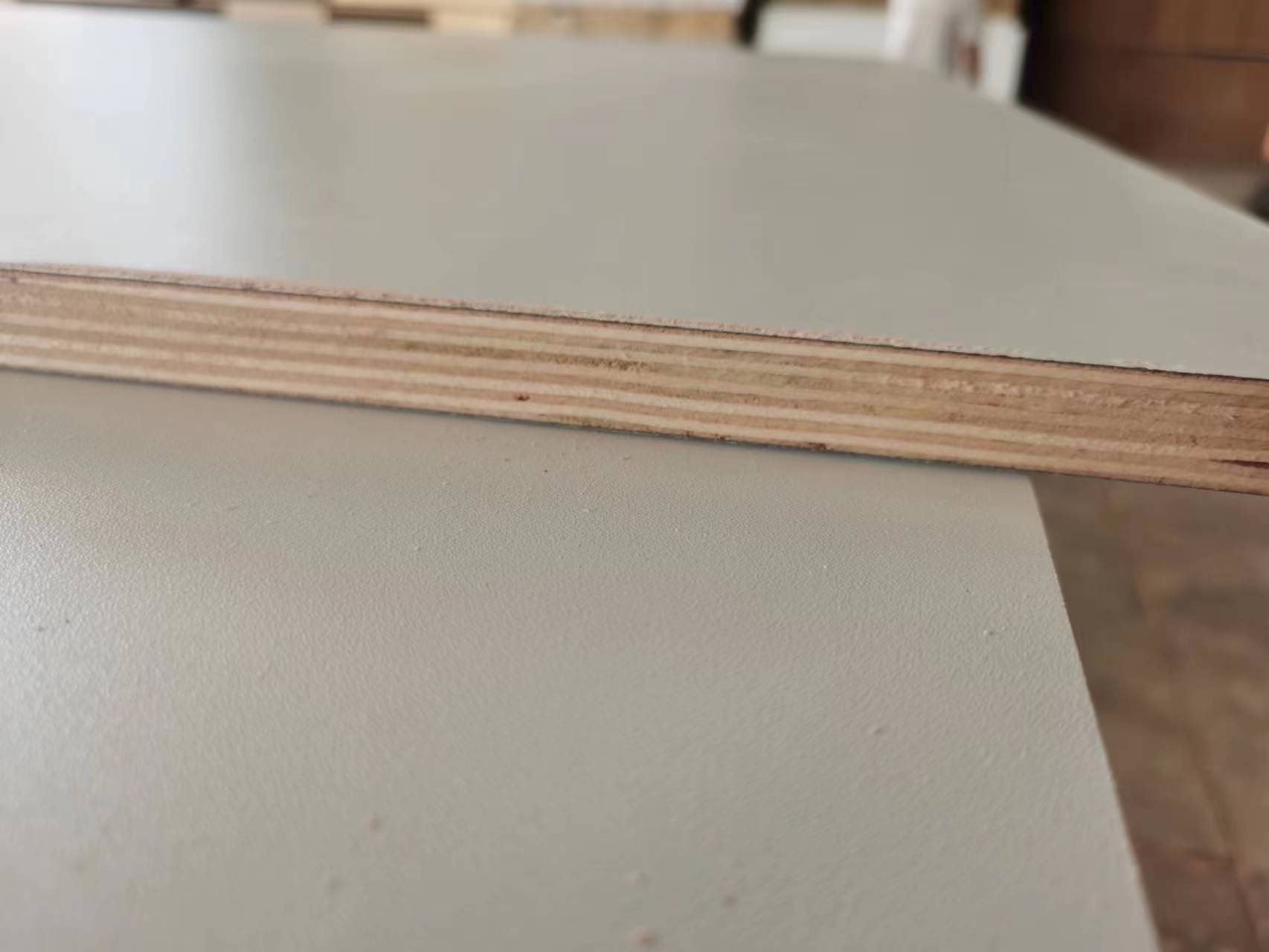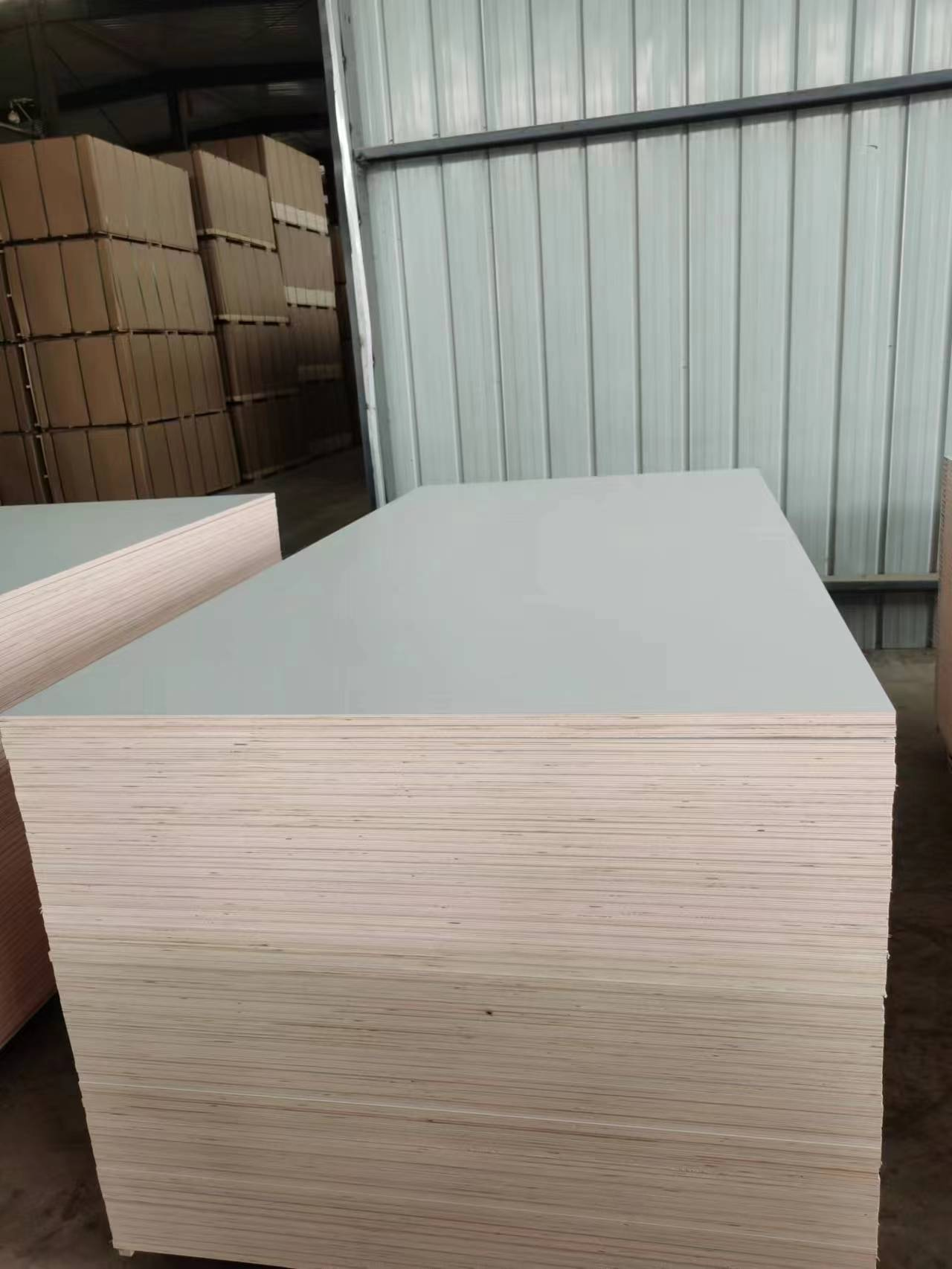HPL laminated plywood is very common in indoor decoration and decoration nowadays. It can be used on kitchen countertops, public bathroom partitions, office compartments, and even on tables in your favorite restaurant. It may be one of the most functional and ubiquitous materials in residential and commercial design. But despite its widespread use, there are still many people who do not have a detailed understanding.
What is HPL?
HPL is “Decorative High pressure Laminate”, commonly known as fireproof board in China. The main raw material of the board is kraft paper and resin, which is made by soaking multiple layers of kraft paper in resin for high temperature and high pressure. It has a variety of styles and colors, excellent performance, and can be suitable for various environment.
What is a laminate?
The official definition of laminate is “a type of artificial decorative material applied to the surface of the substrate”. It is usually referred to as HPL or high-pressure laminates. Laminated boards have many functions and can be widely used: they have hundreds of designs, low maintenance, heat and impact resistance, and high investment value. So from here, it can be seen that HPL actually belongs to a type of laminate;
There are two manufacturing methods for laminates: high pressure or low pressure .
HPL is the most commonly used laminate. They consist of multiple layers of resin treated paper fused together during manufacturing. HPL can adhere to various substrates, have dimensional characteristics similar to wood, and can expand and contact with humidity. They are suitable for any application that requires durability and impact resistance, can be used on vertical and horizontal surfaces.HPL also offers hundreds of designs and various surface treatments.
Design with laminated panels
When choosing a HPL plywood for a project, there are more factors to consider besides color and design. The designer must also determine the type, texture, edge treatment, and substrate or post forming requirements of the laminate. In most cases, these decisions are based on the performance requirements, budget, and expected use of the product.
Many people are not aware that there are several types of HPL available. HPL is usually divided into multiple product types: universal, vertical surface, post forming, flame retardant, high wear resistance, casing liner and backing. Most laminates belong to the general category. Universal laminates can be used for both horizontal and vertical surfaces, where the surface must have functionality, decoration, and durability, such as residential kitchen countertops or work countertops. Vertical surface laminates provide decorative and functional surfaces for walls or surfaces with minimal impact and wear, while columnar grade laminates are compatible with heating and bending processes, forming laminates on a radius to eliminate seams.
As the name suggests, chemically resistant laminates can resist common chemicals. It can be used in hospitals, laboratories, and other areas where various chemicals or cleaning agents are used. Impact resistant laminates contain cores made of aluminum or steel and can be used in public transportation vehicles, light industrial facilities, and offshore interiors. Wear resistant laminates are produced for commercial, contractual, and institutional applications that require decorative surfaces to withstand more wear than normal wear. Another type of special laminate is fire-resistant laminate, which is used for indoor applications and requires the decorative surface to resist flames and smoke in the event of a fire.
Once the type of HPL plywood is selected, consideration should be given to color, design, and texture. Most HPL plywood products with 200 to 250 design options, and texture finishes add more options. To add custom designs or colors to customers beyond standard HPL products, and the entire development process takes three to five months.
It is important to remember that when choosing colors or textures, some textures appear more scratch resistant than others. For example, glossy textures are more likely to show scratches than matte textures. The more surface texture it has, the more resistant it is to scratches – the texture can actually ‘interrupt’ scratches. In addition, considering certain colors and patterns can minimize the appearance of normal wear and tear. Scratches are less visible on light colors than on dark colors, and the general wear and stains on the pattern are not as visible as on solid colors.
If you interest in the HPL plywood please contact us and send enquiry to us .
Post time: Nov-02-2023



